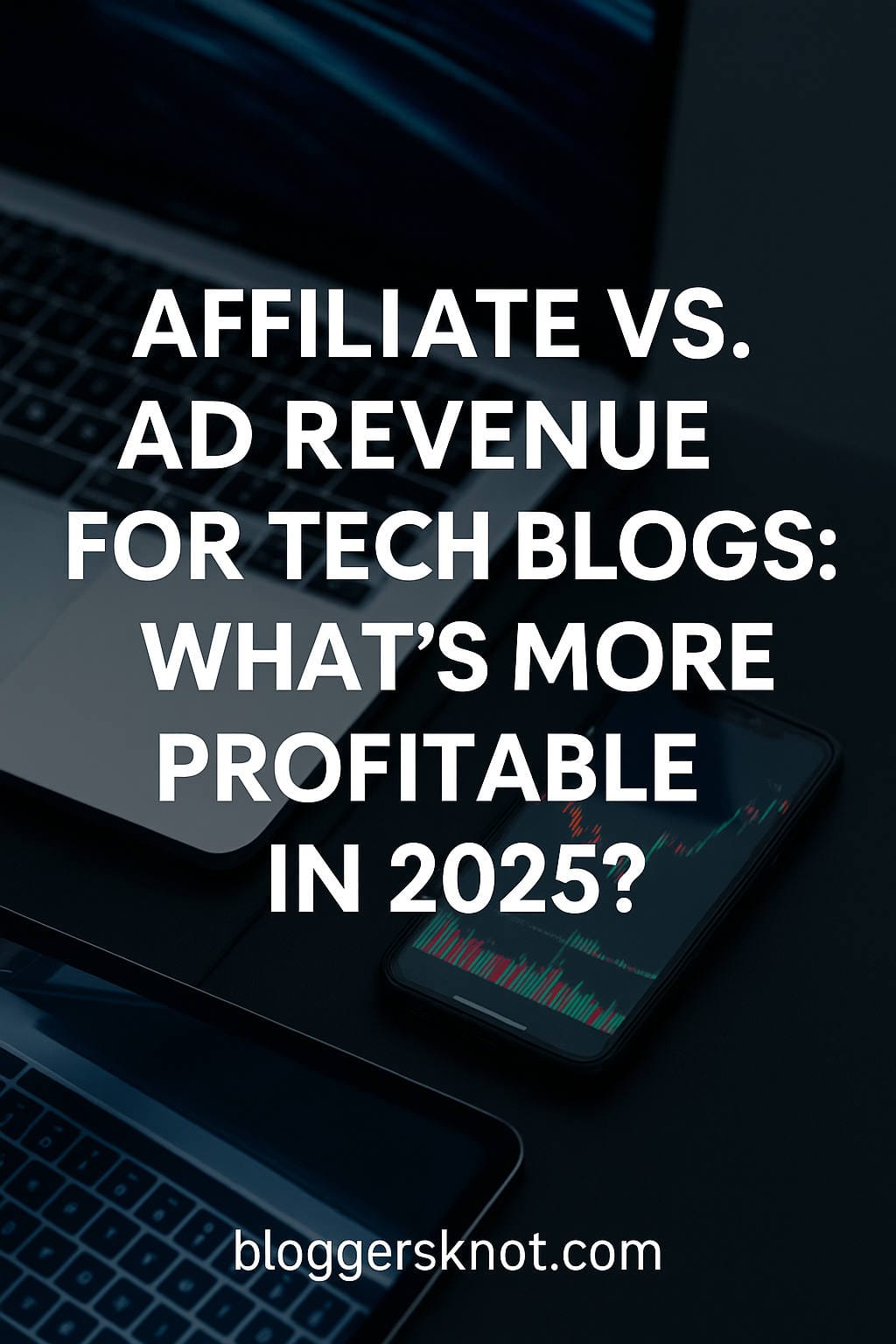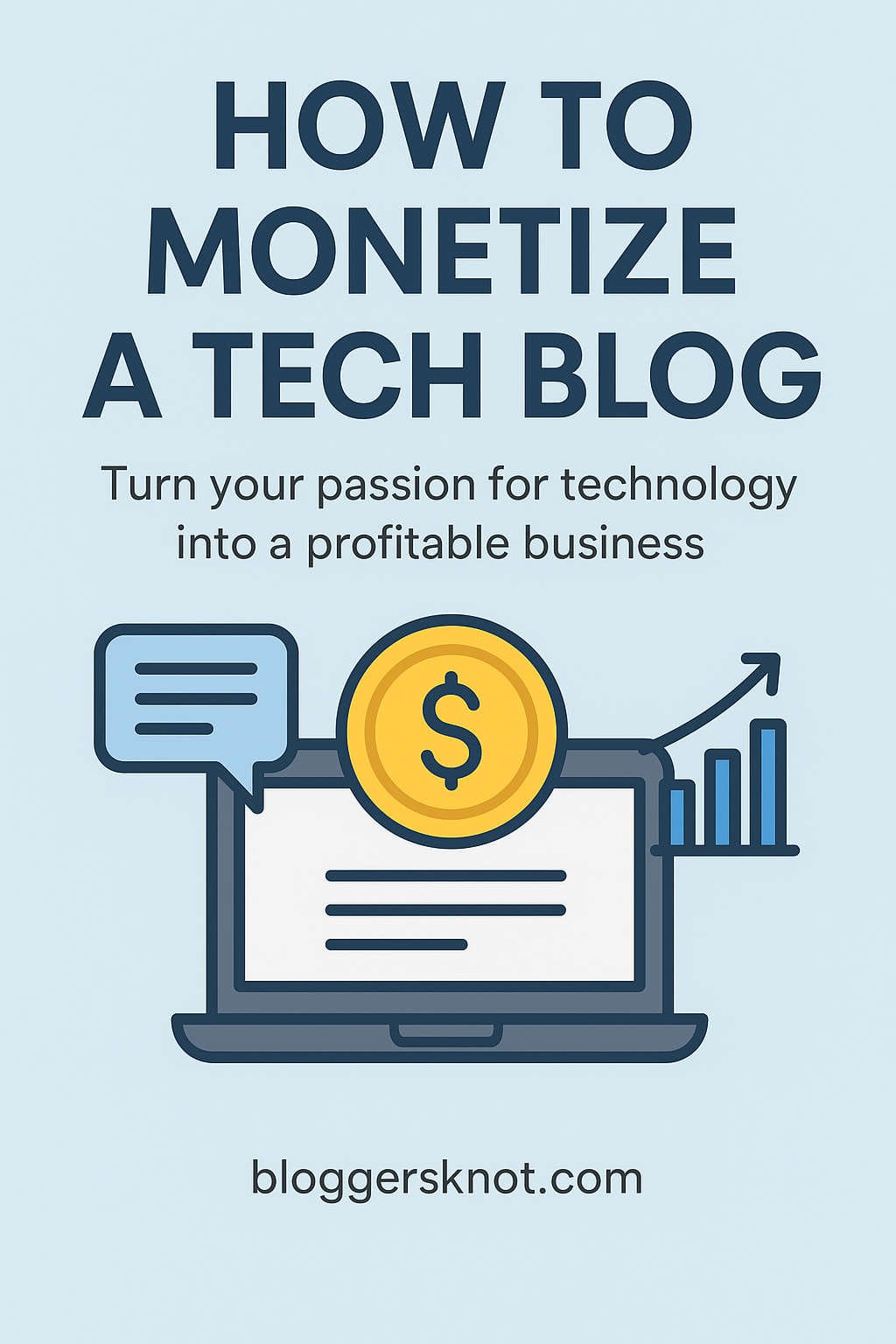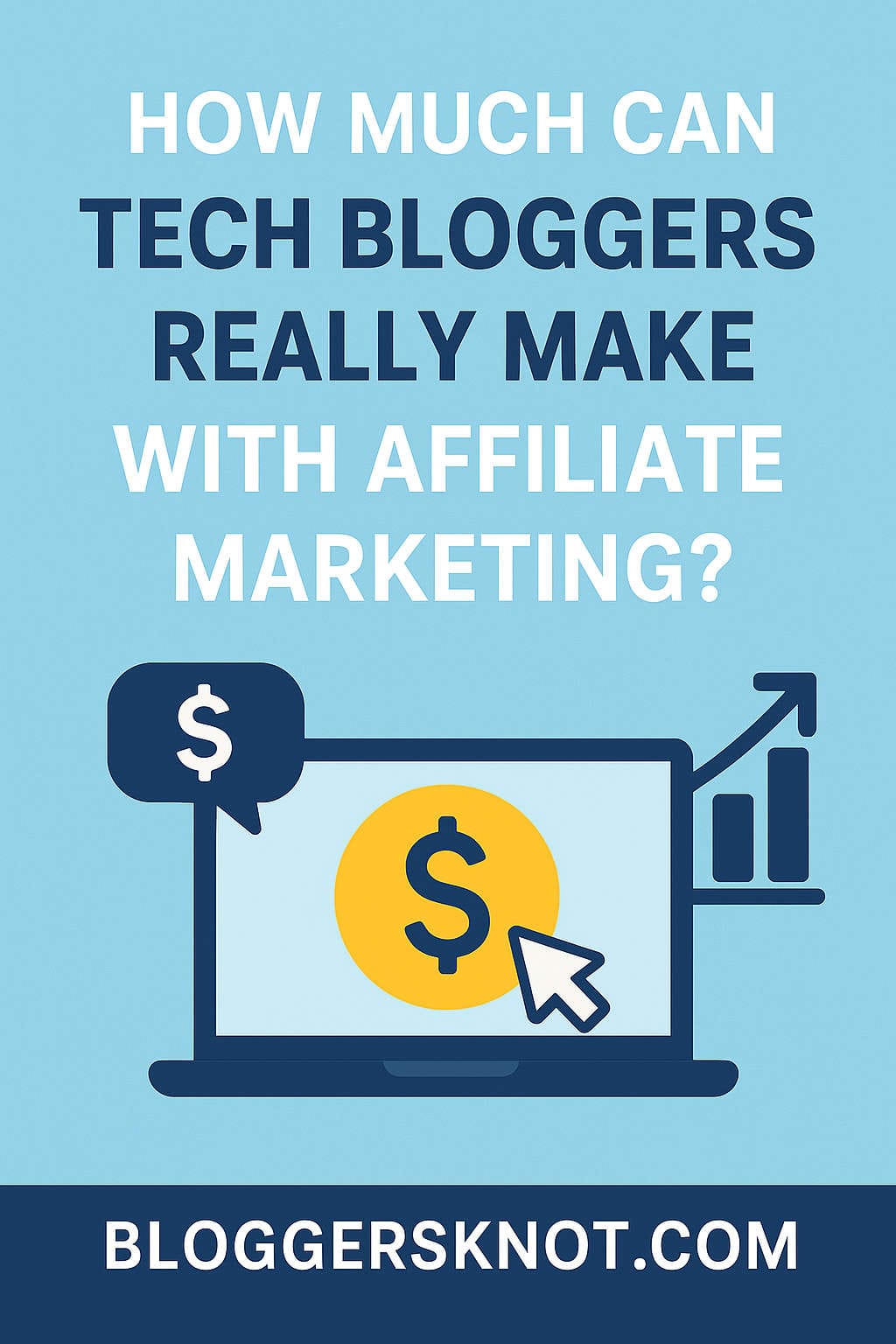Running a tech blog today is more than just sharing your insights about the latest gadgets, software tools, or coding tricks. Behind every post lies the inevitable question: How do I make money from this?
For years, bloggers have leaned on two main income streams: advertising and affiliate marketing. Both are tried-and-true ways of monetizing content, yet they operate differently, reward different strategies, and come with their own risks. In 2025, as the online publishing landscape continues to evolve with new technologies, privacy laws, and reader expectations, the debate between affiliate revenue vs. ad revenue is more relevant than ever.
This guide dives deep into how each model works, what’s changed in 2025, and—most importantly—how to decide which strategy is more profitable for your tech blog. We’ll look at the financial mechanics, risks, audience factors, and practical optimization tips, then close with a blueprint for combining both models sustainably.
Understanding the Two Revenue Models
Before comparing profitability, it’s important to understand how affiliate marketing and ad revenue fundamentally work.
Ad Revenue: Monetizing Attention
Advertising is the traditional backbone of online publishing. Whether it’s banner ads, display networks, or native placements, the concept is simple: you earn money when readers view or interact with ads displayed on your site.
For publishers, ad income is often measured in RPM (revenue per 1,000 pageviews). If your site averages 100,000 pageviews per month and your RPM is $8, you’re making about $800 monthly from ads. The model is straightforward: more traffic equals more impressions, which equals more revenue.
The beauty of ads is scalability. Once your site is set up with an ad network, income grows proportionally with traffic. However, ad rates fluctuate based on seasonality, advertiser budgets, and industry competition. That makes ad revenue steady in the short term but unpredictable over the long haul.
Affiliate Marketing: Monetizing Action
Affiliate revenue flips the model on its head. Instead of getting paid for views, you earn a commission when a reader takes a specific action—usually making a purchase through your unique link.
Imagine you review a $1,000 laptop with a 3% commission rate. If 10 readers buy it through your recommendation, that’s $300 earned from just one blog post. Unlike ads, affiliate income doesn’t rely on massive traffic; it depends on intent and conversions.
Affiliate marketing works best when your content naturally influences buying decisions. Tech blogs thrive here because product reviews, “best-of” lists, and comparison guides match perfectly with readers’ purchasing journeys.
The 2025 Landscape: What’s Changed?
In 2025, the environment around both ad revenue and affiliate income looks very different from just a few years ago. Several shifts are reshaping profitability:
1. Volatile Ad Rates
Global ad markets are in flux. While advertisers continue to spend heavily on digital channels, CPMs and RPMs swing depending on macroeconomic conditions, platform changes, and competition. Tech blogs may experience higher rates during major product launches or holiday seasons, but rates often dip unexpectedly, making ad revenue less predictable.
2. Privacy and Tracking Challenges
Privacy regulations and the gradual phasing out of traditional tracking tools have changed how ads are targeted. Networks are investing in contextual targeting and first-party data solutions, but publishers who relied on precise behavioral targeting may notice lower fill rates or reduced payouts. For tech bloggers, this means ads are less about precision and more about building a loyal, data-rich audience.
3. The Rise of Video and Interactive Content
Short-form videos, live product demos, and interactive comparison tools dominate 2025. Readers expect more than static text. Affiliate marketers, in particular, benefit from these trends because product walkthroughs and visual demonstrations increase trust and conversion rates.
4. Affiliate Program Adjustments
Large affiliate programs continue to tweak commission rates and rules. Amazon Associates, for example, remains popular but offers lower percentages on certain categories. Tech bloggers who depend only on big retailers risk losing margins overnight. Many are diversifying with niche affiliate programs, SaaS products, or direct partnerships that offer higher commissions.
Revenue Math: Ads vs. Affiliates in Action
To understand profitability, let’s compare how the two models perform in realistic scenarios.
Example 1: Monetizing Traffic with Ads
- Monthly traffic: 100,000 pageviews
- Average RPM: $8
- Total monthly ad income: $800
Simple, steady, and relatively hands-off once you’re set up with an ad network.
Example 2: Monetizing Intent with Affiliates
- Monthly traffic: 50,000 pageviews
- CTR to affiliate links: 3% (1,500 clicks)
- Conversion rate: 2% (30 purchases)
- Average order value: $600
- Commission rate: 4%
- Total monthly affiliate income: $720
Here, half the traffic of the ad model still generates nearly the same revenue because of strong buying intent. Scale up conversions, and affiliate income quickly surpasses ads.
Example 3: High-AOV Affiliate Content
- Pageviews on product guide: 10,000
- CTR: 5% (500 clicks)
- Conversion rate: 3% (15 purchases)
- Average order value: $2,000 (high-end workstation)
- Commission: 3%
- Total affiliate income: $900 from a single article
This illustrates how a niche, high-ticket affiliate page can outperform months of ad income from general traffic.
Risk and Control: The Hidden Differences
Profitability isn’t only about raw numbers. Each model carries unique risks and levels of control:
- Ads: Lower effort to maintain but highly dependent on external market conditions. A sudden drop in RPM or policy change from a network can slash revenue overnight.
- Affiliates: Higher upside potential but volatile. Commissions can change, programs can shut down, and conversions depend heavily on consumer confidence.
Control is the key distinction. With ads, you have little influence beyond traffic generation and site performance. With affiliates, you control conversions through content quality, placement, and partnerships.
Audience and Content: The Deciding Factors
Which model works best often comes down to your audience type and content style.
- Awareness-driven content (news, opinions, industry analysis): Readers come for information, not purchases. Ads usually monetize better here.
- Intent-driven content (reviews, how-to guides, buyer’s guides): Readers come ready to buy. Affiliates dominate in this environment.
For example, a blog publishing deep dives into semiconductor trends may find ad revenue more consistent. But a blog focused on “Best Mechanical Keyboards of 2025” will almost always see higher returns from affiliate sales.
Operational Demands: Skills You Need
To Maximize Ad Revenue:
- Optimize site speed and mobile experience.
- Experiment with ad placement without ruining UX.
- Build first-party data (email lists, user profiles).
- Negotiate with ad partners for better RPMs.
To Maximize Affiliate Revenue:
- Write persuasive, SEO-optimized buyer-intent content.
- Build comparison charts, product tables, and CTAs.
- Produce videos or demos to boost trust.
- Diversify affiliate programs to reduce risk.
Both models require strong SEO skills. Without consistent organic traffic, neither ads nor affiliates will deliver meaningful results.
The Hybrid Approach: Why Many Tech Blogs Do Both
The truth is that you don’t need to pick just one. In fact, the most profitable tech blogs in 2025 blend ads and affiliates strategically.
Here’s how a hybrid model might look:
- Use ads on general traffic posts like “Top Programming Languages in 2025” or industry commentary.
- Use affiliate offers on intent-heavy posts like “Best Budget Laptops Under $700.”
- Add video reviews or newsletters for exclusive affiliate deals.
- Layer on direct sponsorships or memberships for long-term stability.
This diversification smooths income volatility. If ad rates dip, affiliate conversions can fill the gap. If affiliate programs cut commissions, ad revenue still supports the business.
Optimization Tips for 2025
- Segment your content by intent. Assign monetization strategies (ads or affiliates) at the page level.
- Invest in video. Short demos and comparison videos significantly boost affiliate conversions.
- Diversify merchants. Don’t rely solely on Amazon or one major network. Explore SaaS, tools, or niche marketplaces.
- Track page-level revenue. Don’t just look at site-wide averages. Some pages may earn far more from affiliates than ads—and vice versa.
- Build an email list. Email is resilient against privacy changes and supports both ad and affiliate promotions.
Which Is More Profitable in 2025?
The answer depends on your blog’s focus:
- If your site leans on high-intent content (reviews, guides, product comparisons), affiliate marketing will usually be more profitable.
- If your site is traffic-heavy but low-intent (news, trends, opinion pieces), ads provide steadier income.
- If you want long-term resilience, combining both models is the best choice.
Final Thoughts
Monetizing a tech blog in 2025 isn’t about chasing a single silver bullet. Both ad revenue and affiliate income have their strengths and weaknesses. Ads monetize attention at scale but are vulnerable to market shifts. Affiliates monetize intent and can yield much higher payouts but come with volatility and dependency risks.
The most successful publishers are those who view monetization like a portfolio—balancing predictable ad income with the higher upside of affiliates, while layering in new opportunities like sponsorships, video commerce, and subscriptions.
So, ask yourself: What type of content am I publishing? Who is my audience? And how can I diversify my revenue streams so that no single market shift can jeopardize my business?
Answer those questions honestly, and you’ll know whether to double down on affiliates, ads, or—most likely—a carefully balanced mix of both.






